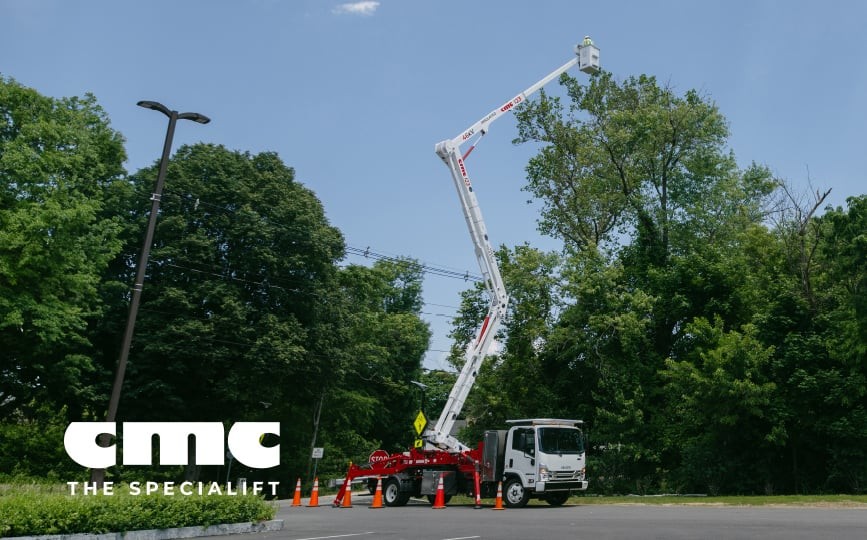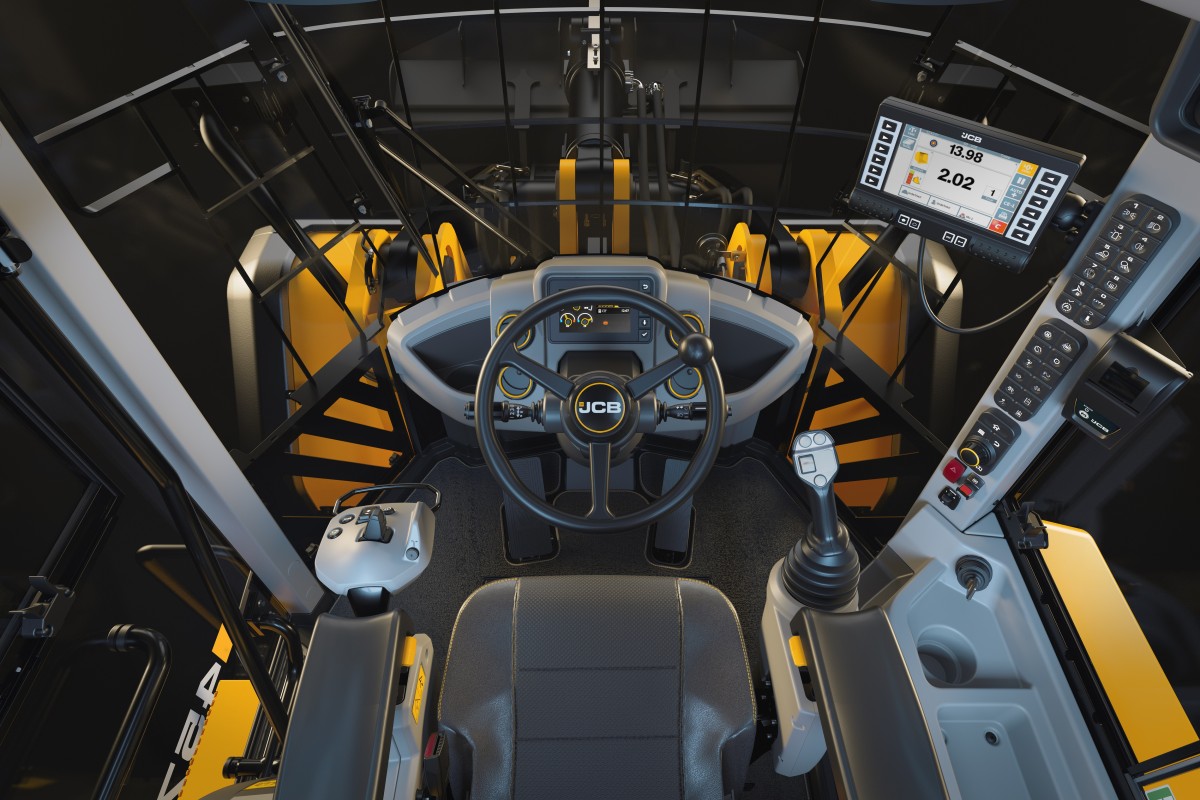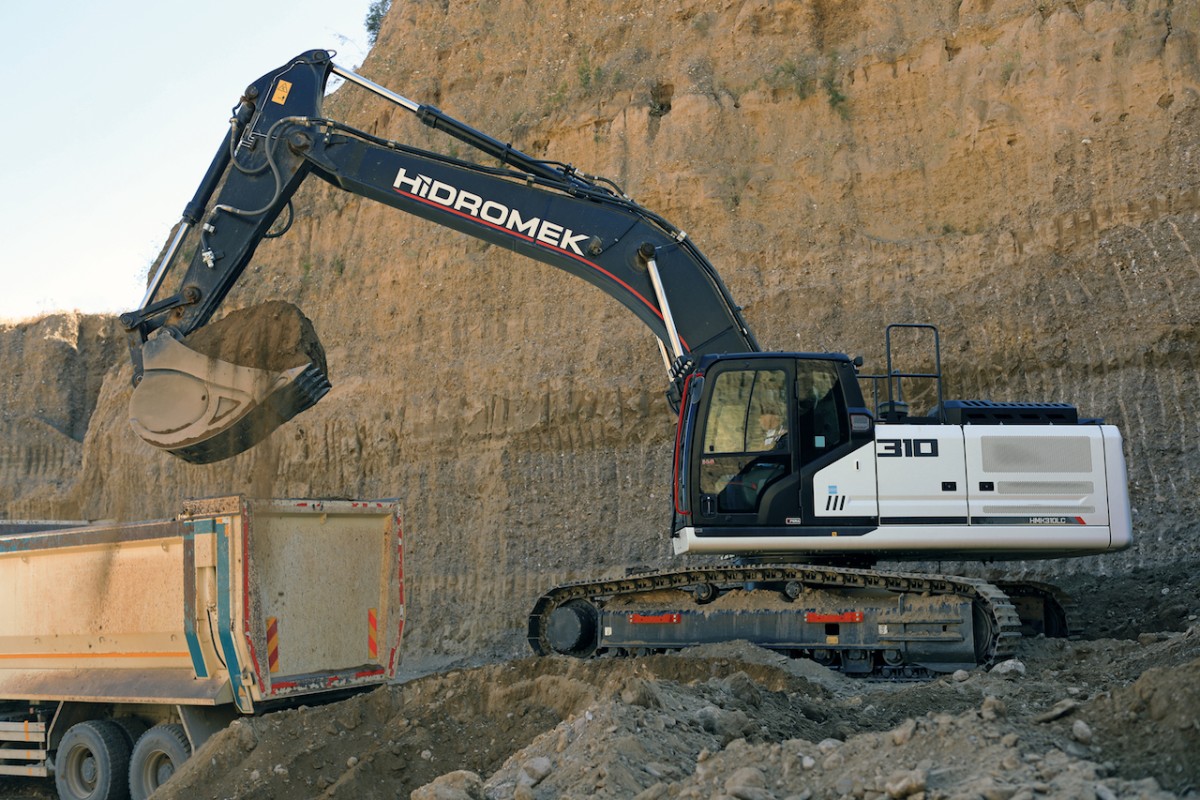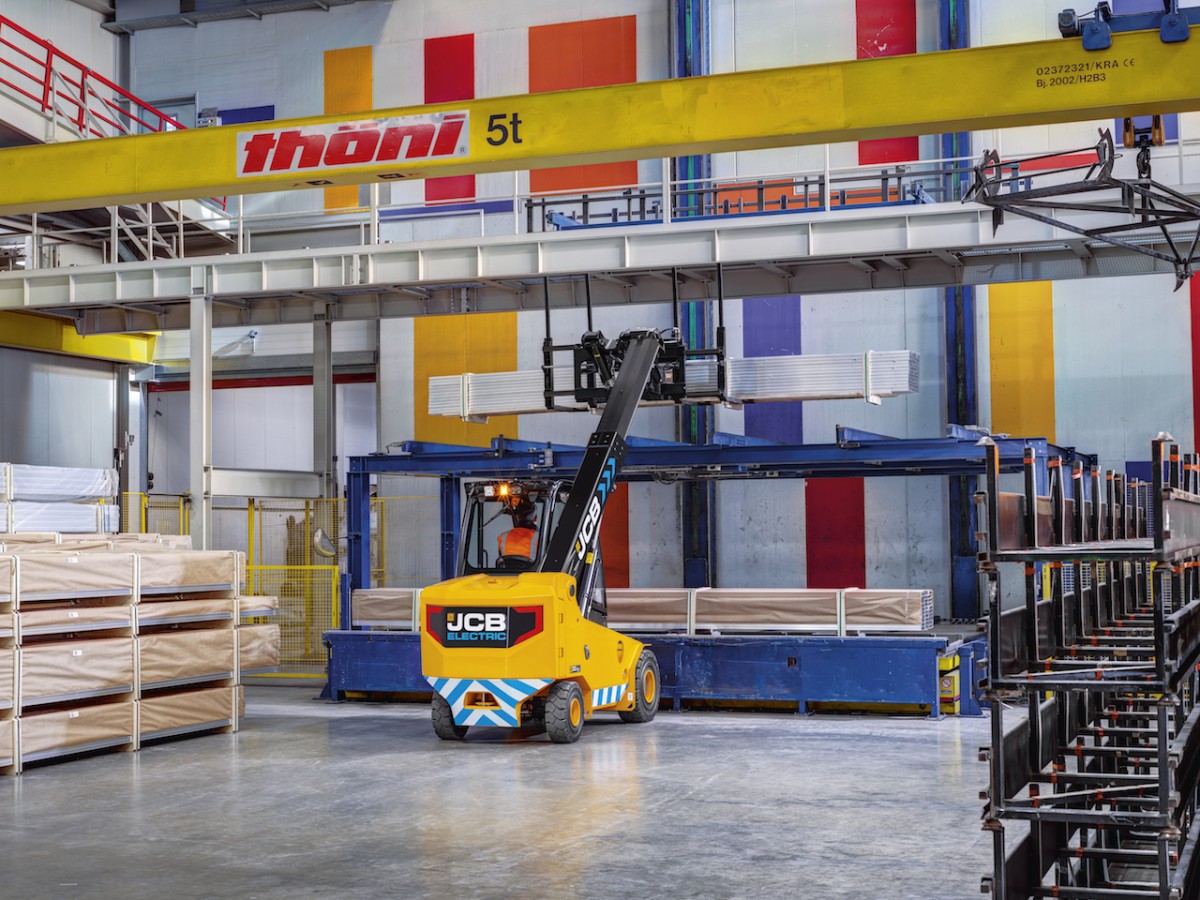Home \ International \ With the Fassi SHT (Smart Hybrid Technology) system the crane becomes electric
With the Fassi SHT (Smart Hybrid Technology) system the crane becomes electric
22/10/2021
Pubblicato da Ettore Zanatta
With the Fassi SHT system the crane can be used in all situations that require zero-emissions and silent machines.
The new Smart Hybrid Technology system, developed and offered to the market by Fassi, allows a wide range of crane models, from micro cranes to those with a lifting capacity of 40 tm, to work in fully electric mode. Specifically, the model on which the new system is presented is the Fassi F345RB.2.26 L214, and it can also easily be adopted by other models, because from a mechanical point of view it does not differ from traditional systems.
The Fassi SHT system responds to increasingly pressing demand, especially from Northern European countries, for cranes capable of working in built-up areas without the need for the vehicle to be in motion, thus without emissions from exhaust gases and also without noise. The Smart Hybrid Technology system meets all these requirements, because the crane works with the truck engine switched off thanks to its own electric motor powered by the battery pack. The system is also safe, as it operates at a low voltage (48V-51V) and therefore does not require any special operator training, as would be necessary with medium-high voltage systems. The system has been tested for compliance with UN/ECE Regulation R10, which uses electromagnetic compatibility tests to assess the effects on users and on other electrical equipment in the vicinity.
The dual charging system uses 220V single-phase 16A mains electricity, with a recharging time of nine hours if the batteries are completely discharged, which is unlikely as the batteries are recharged by the truck's engine while on the move, meaning that by the evening when the vehicle returns to its home base, part of the recharging process has already taken place. Moreover, this operation can also be carried out with the crane at work and the AC generator in operation. The latter, via the vehicle's PTO (which can be disconnected), recharges the batteries when the vehicle is in motion. Its recharging voltage is 48V and can recharge a fully exhausted battery pack in 4-5 hours.
The Fassi SHT system consists of a 560 Ah battery pack capable of guaranteeing, in total electric operation, autonomy equal to 80% of daily requirements. The case that contains the battery pack is equipped with a heater that guarantees operation down to -20°C, and has a dimension of 750 x 550 x 585 mm.
The AC motor-generator weighs a mere 22 kg, while the rest of the system is housed in a second stainless steel case where the variable displacement pump (from 55 cc/rev) is located and that guarantees significant energy savings by supplying the crane only with the oil it needs at that moment (maximum 50 l/min). The dimensions of the second box are 1100 x 600 x 600 mm and the total weight (including the battery pack) of the Fassi SHT system is 550 kg. The fitter will be responsible for positioning the battery boxes on the vehicle, wiring the system (CAN-BUS) to the crane and attaching the generator motor to the power take-off.
To ensure efficient use of the electric system, SHT is equipped with dedicated software to maximise the use of electric motor power while reducing hydraulic power loss. In addition, this technology is able to decrease and modulate the hydraulic power required by the crane when the motor has reached its limit.
Cranes equipped with Smart Hybrid Technology are fitted with a control panel that allows the battery to be enabled and the various devices to be switched on. In any case, the pump can also be switched on and off via the radio controller.
The FX902 display in the truck cabin provides the driver with all the information needed to monitor the system while the vehicle is running. All data is also replicated on the radio controller to provide the user the same information during crane operation.

Ultime notizie di Fassi Gru

Lifting
20/10/2023
Fassi Innovation Center offers sustainability and innovation
The new Fassi Innovation Center is an avant-garde centre tha...

Lifting
16/10/2023
Fassi Group acquires Forez-Bennes via CTELM
Fassi Group has acquired Forez-Bennes via its French holdin...

Lifting
09/10/2023
The TECHNO range grows with the new Fassi F1250R-HXP TECHNO
All the innovations introduced with the new TECHNO range can...
Altri International

International
18/11/2024
The CMC i23 aerial platform: an example of high performances
CMC i23 is designed to maximise operational efficiency in al...

International
18/11/2024
JCB launches a new hi-tech tag offers versatile asset monitoring solution
JCB has launched a new product to help customers monitor the...

International
15/11/2024
JCB adds "Lever Steer" option to new controls package
JCB has developed a "Lever Steer" option for its large platf...

International
14/11/2024
Hidromek ıs ready for Bauma Chına wıth ıts ınnovatıve products
Hidromek will exhibit its HMK 200 C, HMK 310 LC crawler exca...
International
13/11/2024
CIFA publishes the first sustainability report of the Group and the concrete machinery field
Promoting the transformation of the entire sector by embodyi...

International
12/11/2024
JCB expands electric Teletruk range with High Reach option
JCB launched the new TLT 30-22E HL Teletruk, bringing a 4.4m...








































